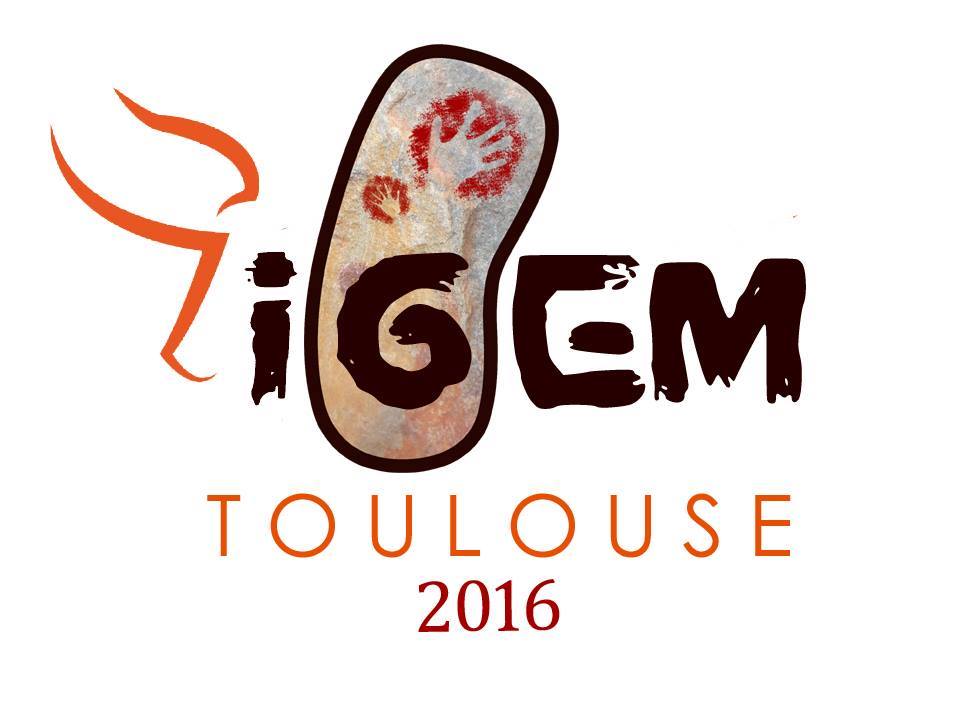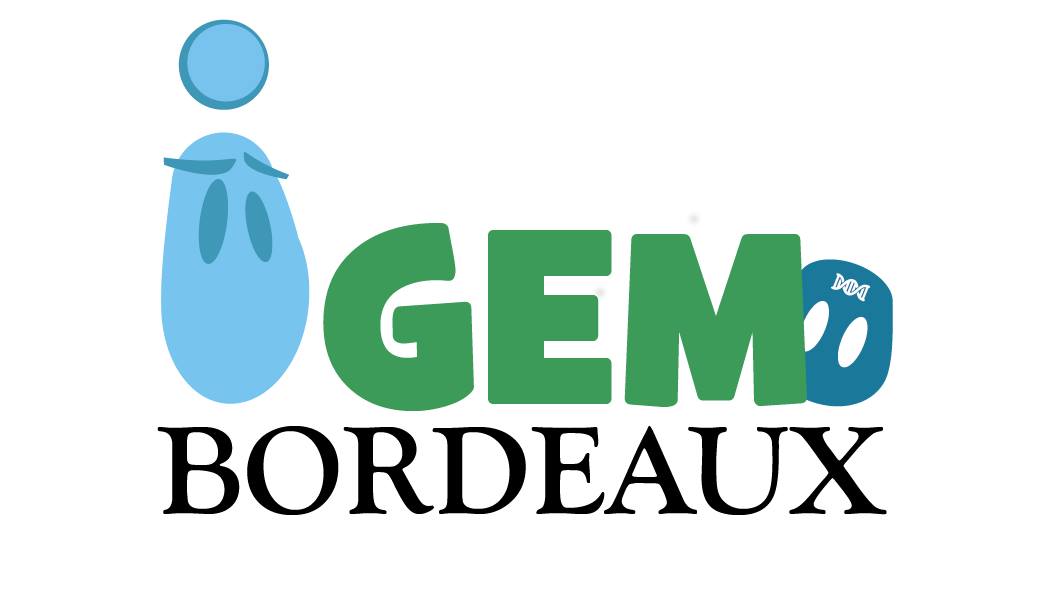(→Modeling for Toulouse 2016) |
|||
| (212 intermediate revisions by 3 users not shown) | |||
| Line 1: | Line 1: | ||
{{:Team:Aix-Marseille/Template-Top|Collaborations}} | {{:Team:Aix-Marseille/Template-Top|Collaborations}} | ||
| − | + | <html><script src="https://2015.igem.org/common/MathJax-2.5-latest/MathJax.js?config=TeX-AMS-MML_HTMLorMML"></script> | |
| + | <script type="text/x-mathjax-config"> | ||
| + | MathJax.Hub.Config({ | ||
| + | TeX: { equationNumbers: { autoNumber: "AMS" } }, | ||
| + | tex2jax: { | ||
| + | inlineMath: [['$','$'], ['\\(','\\)']], | ||
| + | processEscapes: true | ||
| + | } | ||
| + | }); | ||
| + | </script> | ||
| + | </html> | ||
== Our collaborations == | == Our collaborations == | ||
=== Modeling for [https://2016.igem.org/Team:Toulouse_France Toulouse 2016] === | === Modeling for [https://2016.igem.org/Team:Toulouse_France Toulouse 2016] === | ||
| − | = | + | [[File:T--Aix-Marseille--Toulouse_logo.jpg|link=https://2016.igem.org/Team:Toulouse_France|300px|350px|center]] |
| − | + | ||
| − | + | ||
| − | + | ||
| − | + | ||
| − | + | ||
| − | + | [https://2016.igem.org/Team:Toulouse_France/Collaborations In collaboration with the iGEM team Toulouse], we conceived '''[[Team:Aix-Marseille/Model|a model of plasmid loss]]''' for the Toulouse team. | |
| − | + | === Data recovery [https://2016.igem.org/Team:Bordeaux Bordeaux 2016] === | |
| − | + | ||
| − | = | + | [[File:T--Aix-Marseille--Bordeaux_logo.jpg|300px|350px|center|link=https://2016.igem.org/Team:Bordeaux]] |
| − | + | ||
| − | ==== | + | In order to help the [https://2016.igem.org/Team:Bordeaux/Collaborations iGEM team Bordeaux], we extract data from the paper <b>« Dynamics of plasmid transfer on surfaces »</b> <ref name="Dynamic">[http://www.microbiologyresearch.org/docserver/fulltext/micro/136/6/mic-136-6-1001.pdf?expires=1476877711&id=id&accname=guest&checksum=2F0A0D5E398EA4193E7D9B5926D0CCE5 Lone Simonse Department of Zoology, University of Massachusetts, Amherst, MA 01003, USA .]</ref> and organize those data about their experiments on plasmids transfer. Thanks to this, the iGEM team Bordeaux can compare those results to their own computationnal results. |
| − | + | [https://2016.igem.org/Team:Aix-Marseille/Collaborations/Bordeaux Here is a summary of this article.] | |
| − | + | ||
| − | + | ||
| − | + | ||
| − | + | ||
| − | + | ||
| − | + | ||
| − | + | ||
== Colaboration made by [https://2016.igem.org/Team:Pretoria_UP Pretoria 2016] == | == Colaboration made by [https://2016.igem.org/Team:Pretoria_UP Pretoria 2016] == | ||
| − | + | [[File:Pretoria_UP_WattsAptamer_Logo_Transparent_White.png|300px|350px|center|link=https://2016.igem.org/Team:Pretoria_UP]] | |
| − | + | ||
| − | + | ||
| − | + | ||
| − | + | ||
| − | + | ||
| − | + | ||
| − | + | ||
| − | + | [https://2016.igem.org/Team:Pretoria_UP/Collaborations The iGEM team Pretoria 2016] hepled us focusing on the socio-economic and political issues facing the current platinum sector, including the Marikana strikes. | |
| − | + | ||
| − | + | ||
| − | + | ||
| − | + | You can find their work [https://2016.igem.org/Team:Aix-Marseille/Integrated_Practices/Mines here]. | |
| − | + | ||
| − | + | ||
| − | < | + | <references/> |
| − | + | ||
| − | + | ||
| − | + | {{:Team:Aix-Marseille/Template-Footer}} | |
| − | + | ||
| − | + | ||
| − | + | ||
| − | + | ||
| − | + | ||
| − | + | ||
| − | + | ||
| − | + | ||
Collaborations
Our collaborations
Modeling for Toulouse 2016
In collaboration with the iGEM team Toulouse, we conceived a model of plasmid loss for the Toulouse team.
Data recovery Bordeaux 2016
In order to help the iGEM team Bordeaux, we extract data from the paper « Dynamics of plasmid transfer on surfaces » [1] and organize those data about their experiments on plasmids transfer. Thanks to this, the iGEM team Bordeaux can compare those results to their own computationnal results.
Here is a summary of this article.
Colaboration made by Pretoria 2016
The iGEM team Pretoria 2016 hepled us focusing on the socio-economic and political issues facing the current platinum sector, including the Marikana strikes.
You can find their work here.
- ↑ [http://www.microbiologyresearch.org/docserver/fulltext/micro/136/6/mic-136-6-1001.pdf?expires=1476877711&id=id&accname=guest&checksum=2F0A0D5E398EA4193E7D9B5926D0CCE5 Lone Simonse Department of Zoology, University of Massachusetts, Amherst, MA 01003, USA .]




